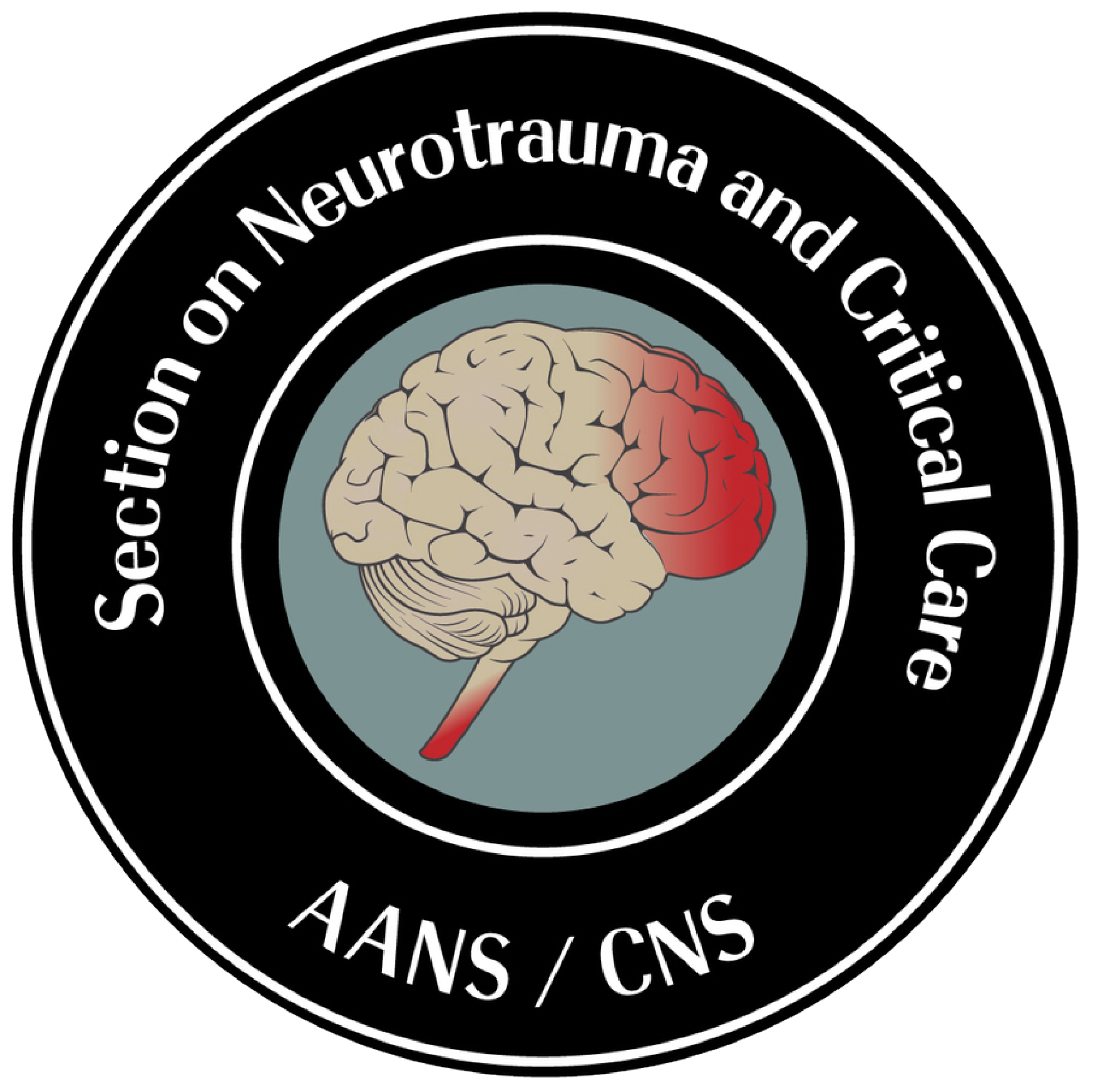P. Raksin, MD, FAANS
Tempus fugit.
It seems like only yesterday that we were tiptoeing back into public – some still in masks – when we met in Philadelphia for the 2022 AANS Annual Scientific Meeting. That meeting had particular resonance for me because it marked exactly 20 years since I had attended my first Trauma Section EC meeting – also in Philadelphia. (Bonus points if you remember that attendees were issued a Palm Pilot i705 loaded with the scientific program in an early attempt to promote digital content.) Fortunately, the emergence from pandemic era restrictions has gone well and we have more or less adjusted to a new normal. As I prepare to hand over the reins of the section to a new chair, it is appropriate to reflect on where we have been and where we might be going (in alphabetical order):
Advocacy. The section works through the Washington Committee apparatus to support issues that might impact our members, whether for the advancement of public health initiatives, to improve access to care, provide liability protections or to ensure fair reimbursement for services provided. Ross Puffer, MD, FAANS, recently represented the section as part of the Firearms Task Force, which sought to gauge member views and develop a position statement affirming the commitment of organized neurosurgery to education and public health efforts.
Archivist. In 2025, we will celebrate the 40th anniversary of the section’s founding. Even before we became aware of this looming milestone, we recognized a gaping hole in our knowledge of our own history. Ours has been largely an oral tradition, with stories handed down from one generation to the next (and sometimes lost all together). When I became chair, I learned that we did not even have a centralized, detailed accounting of past officers and named lectureship speakers. I asked Dan Michael, MD, PhD, FAANS(L), to serve as our inaugural archivist and to select a group to assist him in the task of documenting our past, as well as helping to plan programming to celebrate our anniversary. His search has already yielded a trove of historical artifacts. The section archive will reside on the website.
Communications. You are likely reading this message in electronic format rather than as part of a hard copy mailing. Such has been the evolution of information exchange, perhaps accelerated with the more wide-spread adoption of virtual platforms during the pandemic. The Trauma Section is on Twitter (or X, or whatever it is called). A special thank you to Laura Ngwenya, MD, FAANS, for overseeing these efforts (and gently nudging this writer to submit these messages on time).
DEI. We should not need a free-standing DEI committee. Ideally, this function would be incorporated seamlessly into the work of every committee across the section. However, in 2024, this remains an aspiration, not reality. Therefore, Berje Shammassian, MD, was asked to serve as chair of a newly formed DEI Committee. This group will serve as the umbrella for section members who may already be stakeholders in similar groups through the CNS, AANS and Neurosurgery Summit. His group’s initial task will be – literally – to define itself and its scope. I have asked him to think broadly about the definition of DEI to include not only the characteristics of our members but also the interests of the patients whom we serve (in particular, with respect to health care disparities) and how we might best integrate these considerations into section activities at every level.
Education. Education, in many respects, is the cornerstone of our section, cutting across the function of multiple other committees and liaisons. I moved to reinforce the central role of this group by appointing Odette Harris, MD, FAANS, as Education Chair and charging her not only with oversight of the subcommittees working with the AANS, CNS and NNS Scientific Program Committees (Paul Arnold, MD, FAANS, Eve Tsai, MD, FAANS, and Sarah Woodrow, MD, FAANS), but also with coordination of activities intersecting with the work of the Neurocritical Care and Awards Committees. The result has been a more cohesive, diverse program across the three annual national meetings. Section members also contribute their time to review hundreds of neurotrauma and critical care abstracts submitted for the AANS and CNS annual meetings, as well as to review applications for NREF scholarships in these areas. In addition, several section members participate as faculty for the CNS Emergencies course (co-directed by our own Martina Stippler, MD, FAANS, and David Okonkwo, MD, FAANS). Finally, the decision that our four named lectureships should reside permanently within the AANS Annual Meeting has created both a programming challenge and an opportunity to introduce new lectureships for the CNS program. The latter will occur in conjunction with the CNS Foundation, with a focus on topics in critical care and healthcare disparity.
Governance. The section has not previously had a body dedicated to addressing issues of governance; historically, adjudication of conflicts has fallen – by default – to the officer group. Jamie Ullman, MD, FAANS, as chair of the newly established Governance Committee, has done yeoman’s work in reviewing and updating our existing rules and regulations to better reflect evolving practice.
Guidelines. The history of guidelines production at the section level is inextricably linked to that of the Brain Trauma Foundation (BTF). While more recent editions of the severe traumatic brain injury guidelines have occurred under the umbrella of the BTF, section members remain active participants in that process. More recently, the section has focused on collaborative efforts with external organizations (AAN, AAPMR, NCS, SCCM, ACS-COT) and sections (Spine) to foster evidence-based guidelines production on topics of interest to section members. The section has started work on an internal project under the guidance of the CNS Guidelines Committee: A practice parameter on the topic of the necessity of transfers for “minimally positive” CT head studies in the setting of blunt head trauma. Adair Prall, MD, FAANS, and Martina Stippler, MD, FAANS, are leading that effort. Section participation on the Joint Guidelines Review Committee (JGRC, led by your retiring Chair) remains robust. Our guidelines work enhances partnerships with other healthcare organizations and expands visibility of the section as a “trusted source of information.” Community providers benefit from access to guidelines and that work product also has the power to influence reimbursement decisions as well as practice-related legal matters that might arise.
Neurocritical Care. The focus of the Neurocritical Care Committee over the past term has been to strengthen ties with the Neurocritical Care Society. Alan Hoffer, committee chair, and our Neurocritical Care Society (NCS) liaison, Lori Shutter, MD, have led this charge. Initially spurred by shared concerns raised by proposed changes to the ACGME requirements for NCC fellowship training, members of Section and NCS leadership have met virtually on multiple occasions to discuss opportunities for joint engagement. These include (but are not limited to): Publication of a white paper on viable practice models for neurocritical care, creation of a joint job bank, cross pollination of national meeting scientific programming to incorporate speakers from both groups, sharing of board exam preparation resources and formalization of an existing arrangement to embed members on guideline writing panels for each group. We are excited about the opportunity to increase visibility and build trust among neurologists and neurosurgeons working in the same space.
It has been a privilege to serve the section as chair for the past two-year term. I look forward to supporting the efforts of the new officer group. Be well.

